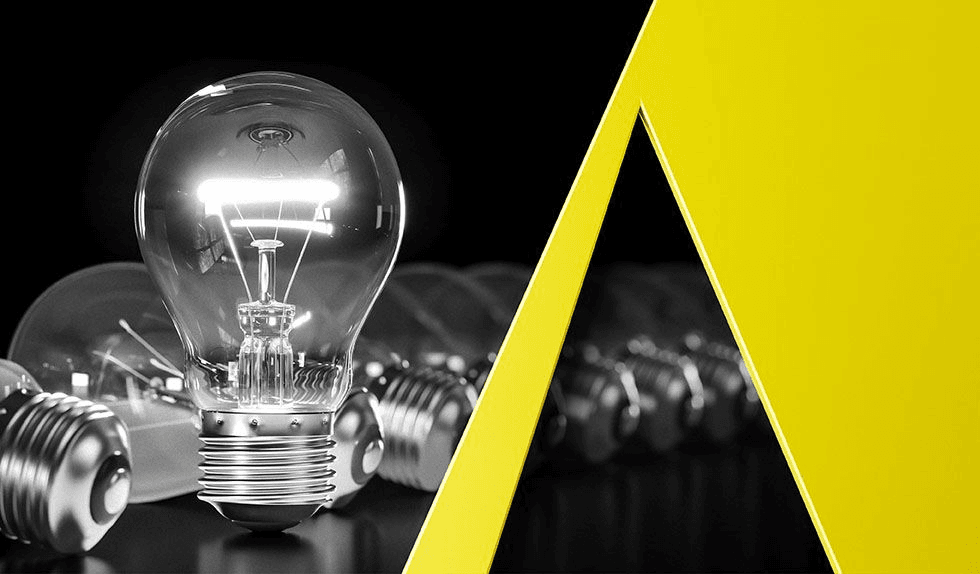Cartessa Aesthetics, LLC & Aesthetics Biomedical, LLC v. Serendia, LLC, IPR2022-00594, Paper 9 (PTAB Aug. 12, 2022).
Petitioners challenged several claims directed to an apparatus and method for skin treatments using electrical stimulation as being obvious in view of the prior art. Petitioners and patent owner disagreed on the construction of a claim term directed to causing coagulation around each electrode. The patent owner argued that petitioners’ proposed construction improperly introduced additional limitations into the claims, which was contrary to the plain and ordinary meaning. The PTAB agreed, finding that petitioners impermissibly attempted to read structures present in inapplicable embodiments into the language of the challenged claims.
Petitioners grounded their obviousness arguments on prior art consisting of a YouTube® video that described a handheld device with microneedling capabilities (the “INTRAcel device”). However, the petitioners’ obviousness argument was predicated on screenshots from the video in conjunction with other statements made about the INTRAcel device that were not included in the video itself. The patent owner argued that such statements made outside the video should be disregarded. The PTAB agreed with the patent owner because those statements were not disclosed in the prior art and, thus, did not qualify as a “printed publication” under 35 U.S.C. § 311(b). The PTAB panel majority noted that even if the INTRAcel device itself contained all of the required claim limitations, this was not the proper analysis for the obviousness inquiry. Rather, the issue that petitioners should have addressed was whether the printed publication disclosed every limitation.
In a footnote, the majority also explained that it was unnecessary to address whether the video qualified as a printed publication, as that issue was not in dispute. One of the judges in the panel, in a concurring opinion, took up this issue. He noted that the patent owner only conceded that the video was a “publication,” rather than a printed publication—the latter of which is disseminated in a manner that is accessible to the public interested in the art prior to the critical date of the challenged patent. He also examined well-established precedent holding that text, images, and audio of a video qualified as a “printed publication.” The concurring judge further noted that the “printed publication” concept has evolved with an emphasis on accessibility to the public—not whether it is “printed” in the strictest sense of the word. Based on the foregoing rationale, the judge concluded that if the video was publicly accessible, it qualifies as a printed publication falling within the PTAB’s review.
Practice Tips:
While claims should be read in light of the specification, the majority opinion serves as a reminder that unrelated embodiments from the specification cannot be used to add limitations into those claims. Furthermore, if relying on videos of devices to support an obviousness argument, petitioners should be mindful that physical devices themselves are not prior art under 35 U.S.C. § 311(b). The relevant inquiry is whether the printed publication discloses the limitations of a challenged claim, not whether the device itself (as may be established through non-prior art evidence alone) contains the claim limitations. Finally, petitioners seeking to rely on non-patent literature as prior art should shore up evidence in the petition demonstrating public accessibility prior to the critical date.


